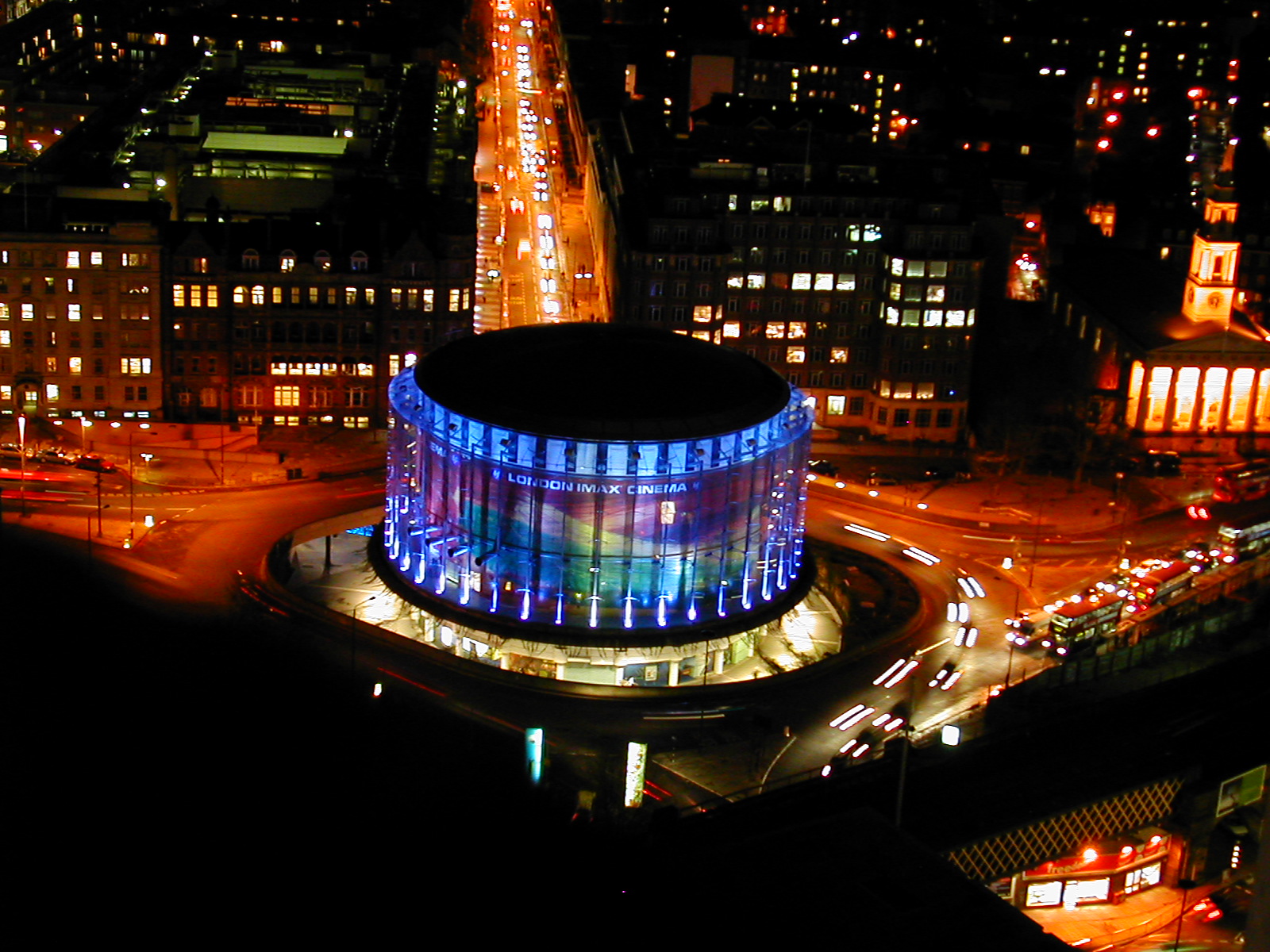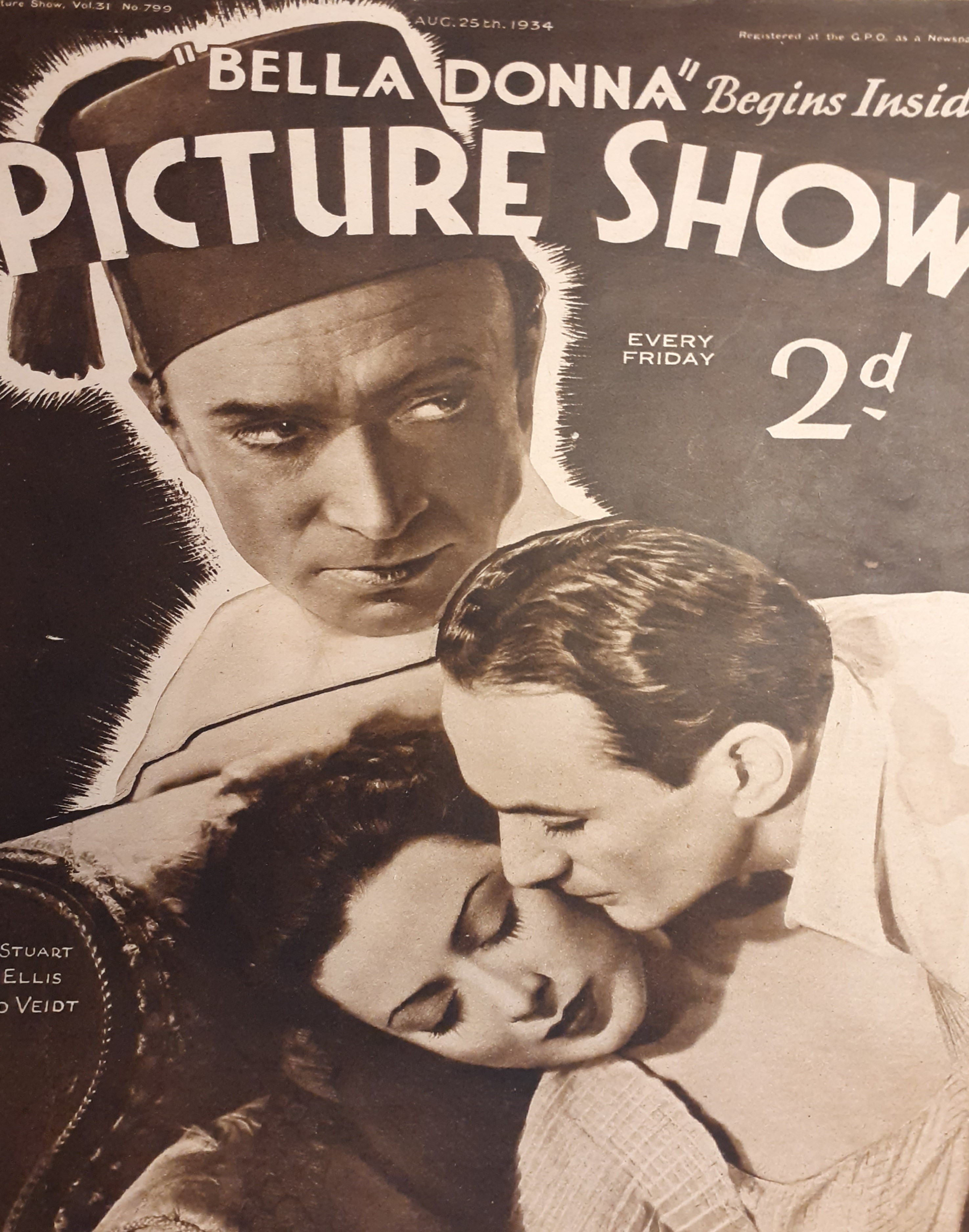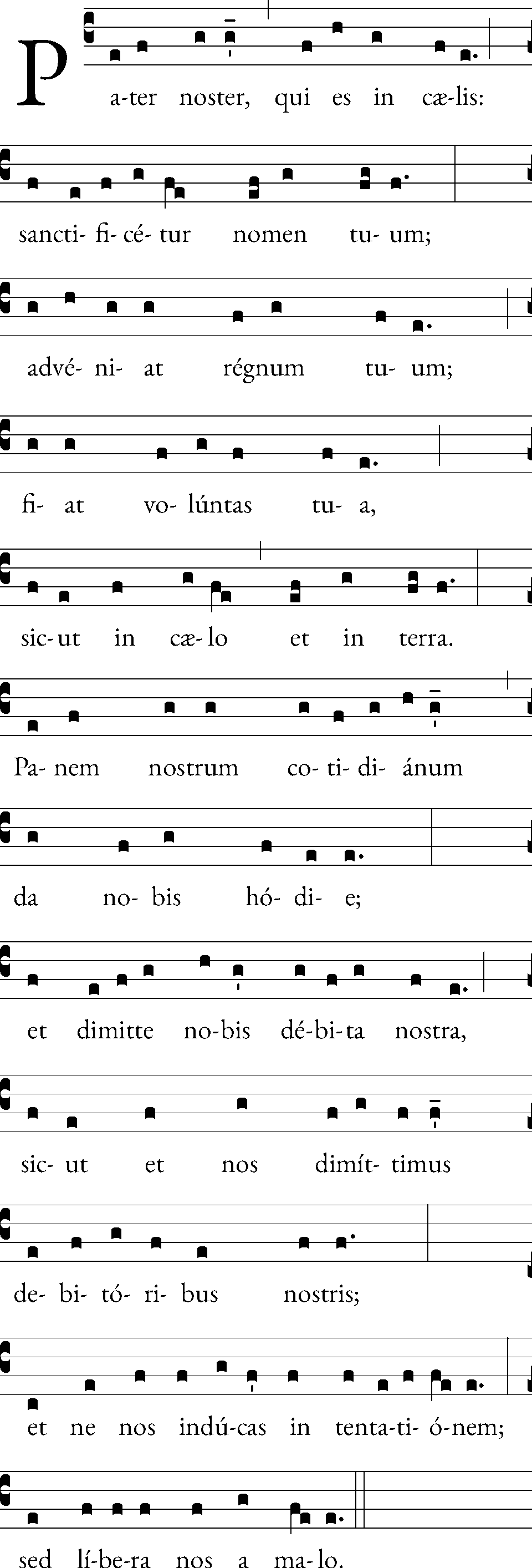|
Atlantic (1929 Film)
''Atlantic'' (also known as ''Titanic: Disaster in the Atlantic'' for its home video release) is 1929 an all-talking sound British drama film directed and produced by Ewald André Dupont and starring Franklin Dyall and Madeleine Carroll. Originally, two versions were made: the English and German-language version '' Atlantik'' were shot simultaneously. Subsequently, the production of a French version (''Atlantis'') began in spring 1930 using different footage and partially an altered storyline with a different director. The fourth version was released as a silent film. The story was taken from the West End play ''The Berg'' by Ernest Raymond. It was one of the most expensive films of 1929. Plot ''Atlantic'' is a drama film based on the sinking of the and set aboard a fictional ship, called the ''Atlantic''. The main plotline revolves around a man who has a shipboard affair with a fellow passenger, which is eventually discovered by his wife. The ship also has aboard an elderly ... [...More Info...] [...Related Items...] OR: [Wikipedia] [Google] [Baidu] |
Ewald André Dupont
Ewald André Dupont (25 December 1891 – 12 December 1956) was a German film director, one of the pioneers of the Cinema of Germany, German film industry. He was often credited as E. A. Dupont. Early life and career Born in Zeitz, Saxony and raised in Berlin, DuPont was the son of journalists Hedwig Friedlander and Hermann DuPont, then-editor of ''Berliner Illustrirte Zeitung''. After briefly attending the University of Berlin, DuPont began work in 1911 as a reporter, columnist, and, eventually, editor of the ''Berliner Allgemeinen Zeitung''. A newspaper columnist in 1916, Dupont became a screenwriter and began directing his own crime-story scripts in 1918. After several successes in his native Germany in silent films, he worked in London and in Hollywood, California. One of his greatest successes was the silent film ''Varieté'' (1925). This film, about an ex-trapeze artist, was noted for its innovative camerawork with highly expressive movement through space, accomplished by t ... [...More Info...] [...Related Items...] OR: [Wikipedia] [Google] [Baidu] |
British Film Institute
The British Film Institute (BFI) is a film and television charitable organisation which promotes and preserves filmmaking and television in the United Kingdom. The BFI uses funds provided by the National Lottery to encourage film production, distribution, and education. It is sponsored by the Department for Culture, Media and Sport, and partially funded under the British Film Institute Act 1949. Activities Purpose The BFI was established in 1933 to encourage the development of the arts of film, television and the moving image throughout the United Kingdom, to promote their use as a record of contemporary life and manners, to promote education about film, television and the moving image generally, and their impact on society, to promote access to and appreciation of the widest possible range of British and world cinema and to establish, care for and develop collections reflecting the moving image history, heritage and culture of the United Kingdom. Archive The BFI maintain ... [...More Info...] [...Related Items...] OR: [Wikipedia] [Google] [Baidu] |
Helen Haye
Helen Haye (born Helen Hay, 28 August 1874 – 1 September 1957) was a British stage and film actress. New York Times. 3 September 1957 Stage  Hay (who later adopted the surname Haye) began acting on the stage in 1898 and debuted in in 1911 as Gertrude in ''''. In 1927, she starred in
Hay (who later adopted the surname Haye) began acting on the stage in 1898 and debuted in in 1911 as Gertrude in ''''. In 1927, she starred in
|
Arthur Hardy (actor)
Arthur Hardy (15 April 1870 – 1951) was a London born British actor, whose appearances include ''Atlantic'' (1929) and '' Dreyfus'' (1931). Filmography *''Atlantic'' (1929) - Maj Boldy *'' Raise the Roof'' (1930) - Croxley Bellairs *'' Dreyfus'' (1931) - Gen. Mercier *''Creeping Shadows'' (1931) - Sir Edwin Paget *'' The Great Gay Road'' (1931) - Sir Crispin *''Creeping Shadows'' (1931) *'' Other People's Sins'' (1931) *''Abdul the Damned ''Abdul the Damned'' (also known as ''Abdul Hamid'') is a 1935 British drama film directed by Karl Grune and starring Fritz Kortner, Nils Asther and John Stuart. It was made at the British International Pictures studios by Alliance-Capitol Pr ...'' (1935) - Ambassador *'' The Amazing Quest of Ernest Bliss'' (1936) - Crawley *'' The Vulture'' (1937) - Li Fu References External links *BFI British male film actors 1870 births 1951 deaths 20th-century British male actors British male stage actors Male actors from London {{UK ... [...More Info...] [...Related Items...] OR: [Wikipedia] [Google] [Baidu] |
John Longden
John Longden (11 November 1900 – 26 May 1971) was a British film actor. He appeared in more than 80 films between 1926 and 1964, including six films directed by Alfred Hitchcock. Biography Longden was born in the West Indies, the son of a Methodist missionary, and was educated at Kingswood School, Bath, Somerset. Originally intending to be a mining engineer, he worked for two years in a coal mine in Yorkshire, where he started acting in amateur theatrical companies. An introduction to Seymour Hicks saw him start acting on the legitimate stage, beginning with a walk-on part in ''Old Bill, MP''. He played in ''My Old Dutch'' with Albert Chevalier, then spent time with the Liverpool and Birmingham repertory theatres. He also appeared in ''The Farmer's Wife'', produced by Barry Jackson at the Court Theatre in London for two years. About this time Longden began to appear in silent films. He signed a contract with Gaumont British Pictures to write and act, earning a notabl ... [...More Info...] [...Related Items...] OR: [Wikipedia] [Google] [Baidu] |
Donald Calthrop
Donald Esme Clayton Calthrop (11 April 1888 – 15 July 1940) was an English stage and film actor. Born in London, Calthrop was educated at St Paul's School and made his first stage appearance at eighteen years of age at the Comedy Theatre, London. His first film was '' The Gay Lord Quex'' released in 1917. He starred as the title character in the successful musical '' The Boy'' in the same year. He then appeared in more than 60 films between 1916 and 1940, including five films directed by Alfred Hitchcock. He died in Eton, Berkshire from a heart attack while he was filming ''Major Barbara'' (1941). According to Ronald Neame in his autobiography, some shots in the final film had a stand-in playing Calthrop's role (from the back) and a piece of dialogue was recorded using an unnamed person who impersonated Calthrop's voice. He was the nephew of dramatist Dion Boucicault. Selected filmography * ''Altar Chains'' (1916) * '' Masks and Faces'' (1917) - Lovell * '' The Gay L ... [...More Info...] [...Related Items...] OR: [Wikipedia] [Google] [Baidu] |
Monty Banks
Montague (Monty) Banks (born Mario Bianchi; 18 July 1897 – 7 January 1950) was a 20th century Italian-born American comedian, film actor, director and producer who achieved success in the United States and United Kingdom. Career Banks was born Mario Bianchi in Cesena, Italy. In 1914, Bianchi emigrated to the United States, first trying his luck on the New York stage. By 1918, he was an actor in Hollywood with the Roscoe Arbuckle, Arbuckle Company, performing in over 35 silent short comedies by the early 1920s, and then, starring in feature-length action comedy-thrillers as ''Play Safe (1927 film), Play Safe'' (1927). (A large excerpt from this movie is included in Robert Youngson's compilation film ''Days of Thrills and Laughter'' (1961) and the car-to-train transfer stunt explained in the 1980 documentary series ''Hollywood (British TV series), Hollywood''). Like Harold Lloyd, the comedy-thrillers he produced were popular but became increasingly risky and Banks was seriously ... [...More Info...] [...Related Items...] OR: [Wikipedia] [Google] [Baidu] |
Ellaline Terriss
Mary Ellaline Terriss, Lady Hicks (born Mary Ellaline Lewin, 13 April 1871 – 16 June 1971), known professionally as Ellaline Terriss, was a popular British actress and singer, best known for her performances in Edwardian musical comedies. She met and married the actor-producer Seymour Hicks in 1893, and the two collaborated on many projects for the stage and screen. The daughter of the actor William Terriss, Ellaline made her London stage debut at the age of 16 in ''Cupid's Messenger'' at London's Haymarket Theatre. Impressed with her performance, the producer Charles Wyndham (actor), Charles Wyndham gave her a three-year contract, under which she first played Madge in ''Why Women Weep''. In 1892 Terriss starred in ''Faithful James'' (by B. C. Stephenson) and the following year she starred in the title role of ''Cinderella'', produced by Henry Irving. She was featured in W. S. Gilbert's ''His Excellency (opera), His Excellency'' in 1894, followed the next year by a starring r ... [...More Info...] [...Related Items...] OR: [Wikipedia] [Google] [Baidu] |
John Stuart (actor)
John Stuart (John Alfred Louden Croall; 18 July 1898 – 17 October 1979) was a Scottish people, Scottish actor, and was a very popular leading man in British silent films in the 1920s. He successfully made the transition to talking pictures in the 1930s and his film career went on to span almost six decades. He appeared in 172 films (including shorts), 123 stage plays, and 103 television plays and series. Early life John Croall – later John Stuart – was born in Edinburgh on 18 July 1898. He came from a wealthy family whose company John Croall & Sons Edinburgh, John Croall & Sons, run by his grandfather, made chassis for luxury cars such as Rolls-Royce Motor Cars, Rolls-Royce. When he was seven the family moved to London, living in a house in Hampstead. His parents separated the following year, and John lived with his mother and two brothers in St John's Wood. He attended Dunstable Grammar School as a boarder, and at thirteen moved to Eastbourne College: 'Scholastically I ... [...More Info...] [...Related Items...] OR: [Wikipedia] [Google] [Baidu] |
Lord's Prayer
The Lord's Prayer, also known by its incipit Our Father (, ), is a central Christian prayer attributed to Jesus. It contains petitions to God focused on God’s holiness, will, and kingdom, as well as human needs, with variations across manuscripts and Christian traditions. Two versions of this prayer are recorded in the gospels: a longer form within the Sermon on the Mount in the Gospel of Matthew, and a shorter form in the Gospel of Luke when "one of his disciples said to him, 'Lord, teach us to pray, as John taught his disciples. Scholars generally agree that the differences between the Matthaean and Lucan versions of the Lord’s Prayer reflect independent developments from a common source. The first-century text '' Didache'' (at chapter VIII) reports a version closely resembling that of Matthew and the modern prayer. It ends with the Minor Doxology. Theologians broadly view the Lord’s Prayer as a model that aligns the soul with God’s will, emphasizing praise, tr ... [...More Info...] [...Related Items...] OR: [Wikipedia] [Google] [Baidu] |
Nearer, My God, To Thee
"Nearer, My God, to Thee" is a 19th-century Christian hymn by Sarah Flower Adams, which retells the story of Jacob's dream. Genesis 28:11–12 can be translated as follows: "So he came to a certain place and stayed there all night because the sun had set. And he took one of the stones of that place and put it at his head, and he lay down in that place to sleep. Then he dreamed, and behold, a ladder was set up on the earth, and its top reached to heaven; and there the angels of God were ascending and descending on it..." The hymn is well known, among other uses, as the alleged last song the band on RMS ''Titanic'' played before the ship sank and as the song sung by the crew and passengers of the as it sank off the Canadian coast in 1906. Lyrics The lyrics to the hymn are as follows: :Nearer, my God, to Thee, nearer to Thee! :E'en though it be a cross that raiseth me; :Still all my song shall be nearer, my God, to Thee, ::Chorus: Nearer, my God, to Thee, nearer to Thee! ... [...More Info...] [...Related Items...] OR: [Wikipedia] [Google] [Baidu] |
Lifeboat (shipboard)
A lifeboat or liferaft is a small, rigid or inflatable boat carried for emergency evacuation in the event of a disaster aboard a ship. Lifeboat drills are required by law on larger commercial ships. Rafts (raft, liferafts) are also used. In the military, a lifeboat may double as a whaleboat, dinghy, or Captain's gig, gig. The ship's tenders of cruise ships often double as lifeboats. Recreational sailors usually carry inflatable liferafts, though a few prefer small proactive lifeboats that are harder to sink and can be sailed to safety. Inflatable lifeboats may be equipped with auto-inflation (carbon dioxide or nitrogen) canisters or mechanical pumps. A quick release and pressure release mechanism is fitted on ships so that the canister or pump automatically inflates the lifeboat, and the lifeboat breaks free of the sinking vessel. Commercial aircraft are also required to carry auto-inflating liferafts in case of an emergency water landing; offshore oil platforms also have life ... [...More Info...] [...Related Items...] OR: [Wikipedia] [Google] [Baidu] |




